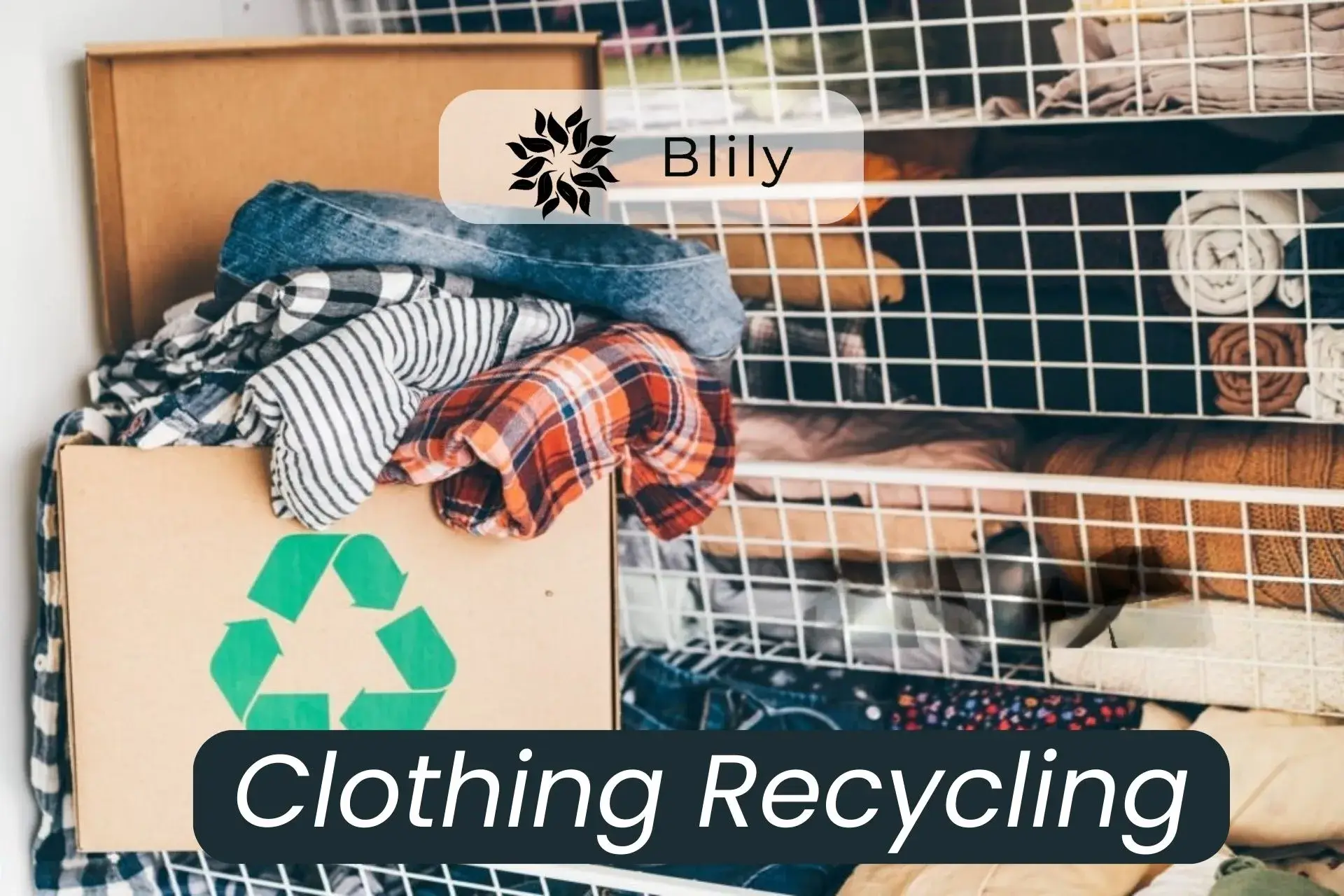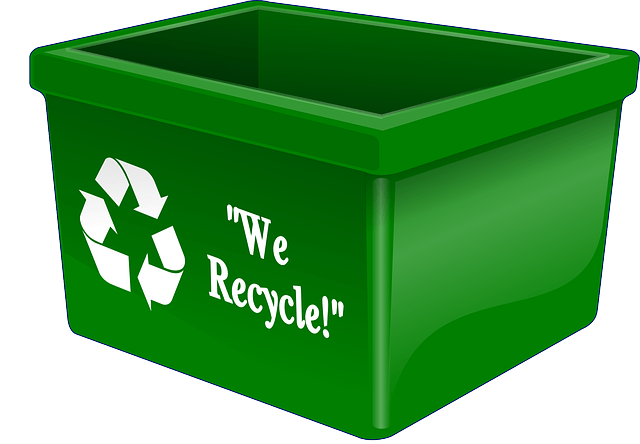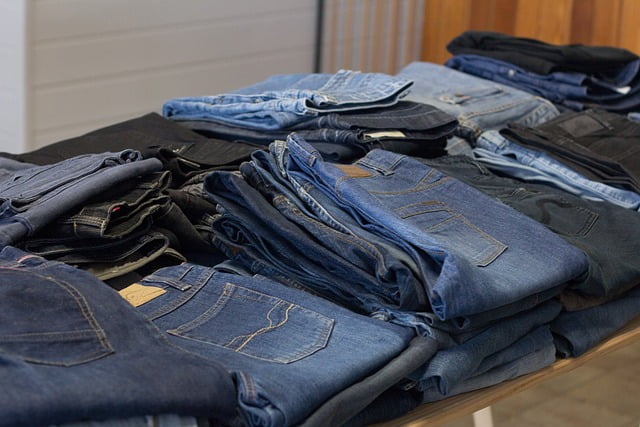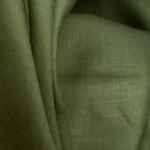Tanace Organics Pvt. Ltd

4 Clothing Recycling Ideas: Revamp Your Closet
Understanding clothing recycling requires knowing the evolution of clothing repurposing. It’s not about throwing away old clothes, it’s about understanding the potential to give them new life. This approach includes awareness of the recycling of textiles from landfills, acceptance of the complex processes involved in recycling, and promotion of the concept of fashion. It’s about understanding that every piece of clothing can have a second life through the process of donating, recycling or recycling. Finally, an understanding of recycled clothing requires recognition of the power of sustainability to change the way we wear and use and create a positive feeling for the environment.
Table of Contents
Environmental Impact of Clothing Waste
Throwing away clothes often leads to landfills and environmental damage. Decomposition of textiles releases pollutants and chemicals as well as pollution. Using reusable clothing can reduce this effect.
Clothing waste has a huge impact on the environment, causing serious pollution and damage. Most waste materials are made of synthetic materials that take hundreds of years to decompose and release harmful chemicals and pollutants into the home. Landfills fill with discarded clothes, toxins mix with soil and water. Rapid economic growth in the fashion industry has worsened the problem, damaging the environment. Addressing environmental impact requires a shift in consumer behavior towards sustainable practices in terms of recycling, recycling and disposal methods. Understanding the consequences of clothing waste underscores the urgent need for sanitation and recycling efforts to reduce its impact on the planet.

Ways to Recycle Clothing
Recycled clothing can be used in many ways: donating to charities to help those in need; upcycling unleashes creativity by turning clothes into new products; Swaps and swaps support community while reusing fashion. Dedicated recycling services and textile centers provide proper disposal, removing clothing from waste and promoting sustainability.
- Donating Clothes to Charity
Donating clothes to charities can reduce clothing waste and give life to those in need. This is a simple but effective way to organize your wardrobe and give clothes a second chance. The organization helps distribute these donations throughout the community, promoting kindness and ensuring used clothing finds new homes, while encouraging recycling and supporting those less fortunate. The policy of donating clothes is not only to create sympathy, but also to contribute to culture by extending the life of clothes, throwing them away and replacing them with new ones, and creating an impact on people and the environment.
- Upcycling and DIY Projects
Participating in upcycling and DIY projects can transform old clothes into unique items, reducing waste and encouraging creativity. Turning ordinary clothes into products or recycling them for different uses is a creative journey. Upcycling gives new life to products, from simple modifications to innovative designs; It promotes sustainable practices by encouraging self-expression and reducing the environmental footprint of consumption while reducing waste. These projects are not only self-expressive, but also bring greater benefit to the fashion industry and encourage ingenuity and innovation in textile reuse.
- Clothing Swaps and Exchanges
Clothing swaps and exchanges promote a sense of community while encouraging fashion. Participants encourage recycling and reduce clothing waste by trading in clothes they no longer need. These events provide a platform to showcase style and promote a diverse wardrobe without compromising the substance of new purchases. In addition to exchanging clothes, it builds connections, encourages healthy conversations, and promotes the value of extending the life of your clothes. By hosting these exchanges, people are making the fashion industry more profitable and highlighting the importance of recycling and redistributing clothing in society.
- Recycling Programs and Textile Collection Centers
Recycling services and textile warehouses are important places to divert clothing from landfill. These measures provide a practical approach to responsible disposal of textiles. They ensure that used clothes, which are often neglected for recycling, can be disposed of appropriately and find a new use. They encourage people to participate in cultural activities by providing special facilities and resources. These facilities carry out the recycling process, analyze the quality of materials and reuse or recycle them, ultimately reducing stress on the environment. Supporting these services not only helps reduce waste, but also promotes a culture of health and care for the environment in society.
Benefits of Clothing Recycling
Recycled clothing will reduce waste in landfills and reduce the burden on the environment. Following this approach can encourage tolerance and discourage advertising. We create a positive impact on the environment for the fashion industry by extending the life cycle of clothing, reducing consumption and pollution.
Reducing Landfill Waste
Reducing waste in landfills by using recycled clothing can reduce the environment. Textiles often take hundreds of years to deteriorate, resulting in poor quality. By diverting clothes from landfill, recycling reduces pollution, saves space and reduces the need for new landfills. This is a good step to solve the waste problem, reduce environmental impact and promote a sustainable method of waste management, bringing great benefits to the world by reducing the burden on ecosystems and natural resources.
Supporting Sustainable Fashion
Promote Sustainable fashion and improve health through the use of recycled clothing. It follows ethics and reduces the demand for fast fashion and its negative effects. By recycling clothes, people can contribute to a circular economy that emphasizes sustainable, quality and thoughtful shopping. The shift towards efficiency is encouraging brands to adopt environmentally friendly practices, prioritize integrity and reduce environmental impact. Using this approach represents a long-term commitment, avoiding fashion and promoting a more knowledgeable, environmentally friendly business focused on standards and sustainability.

Tips for Effective Clothing Recycling
Effective use of used clothing begins with proper identification, separating garments by materials and conditions to simplify the process. Choose a mechanical or chemical recycling method to demonstrate reuse. Preparing clothes by removing ties or zippers before repacking can be very effective. It is important to know how to recycle a particular fabric. These practices maximize the use of recycled materials and contribute to reducing waste in the fashion industry.
Proper Sorting and Preparation
Sorting and organizing properly is the foundation of good clothing recycling. Separating clothes by material and condition can lead to a recycling process. Removing ties, zippers, or decorations before re-wearing can be very effective. It makes textiles even better by ensuring they are ready for recycling. By identifying and organizing a sufficient number of garments, people can make good use of recycling, making it easier to transform old clothes into new materials or products, printing while reducing waste in fashion circles.
Choosing the Right Recycling Methods
Choosing the right clothing recycling method depends on how the material will be used. Understanding the material composition helps choose the recycling method (mechanical or chemical). Mechanical processes involve grinding and recycling fibers, while chemical processes create raw materials for new products. Matching the process by fabric type maximizes reuse potential, leading to a more efficient recycling cycle. By making informed decisions about their recycling processes, individuals play an important role in promoting sustainable practices and reducing the environmental impact of waste.
Challenges and Misconceptions
Misconceptions, such as the belief that not all knowledge can be recycled, hinder adoption. Dispelling these myths and addressing logistical challenges is crucial to promoting a positive culture and expanding clothing recycling.
Common Myths About Clothing Recycling
Negative perceptions about recycling clothing often hinder participation. A common misconception is that damaged or worn clothing is not suitable for recycling. Additionally, the assumption that all textiles will end up in landfills perpetuates the idea that recycling efforts are futile. Encourage further participation by sharing these stories by showing the possibility of reusing or recycling damaged clothing and explaining the effectiveness of nature’s self-regeneration scheme. Whatever their situation, educating people about the great potential of recycling is crucial to dispelling these misconceptions and encouraging participation in the beautiful culture.
Addressing Challenges in the Recycling Process
There should be many ways to compete with recycled clothing. It is important to educate communities about the benefits of recycling and the resources available. Strengthen infrastructure by building more warehouses and improving technology to simplify the process. Working with fashion brands to promote environmentally friendly practices and create recyclable products can help make recycling more sustainable. Promote customer behavior change and encourage engagement through promotional activities. Addressing logistical issues, such as complex identification and recycling options for some fabrics, will require innovation and investment. By solving these problems together, we support the growth of the fashion industry by paving the way to become more efficient and expand the recycling of clothes.

Conclusion
Accepting recycled clothing is key to redefining our relationship with fashion. It’s not just about throwing away old clothes, it’s about turning them into valuable items. By participating in recycling projects, we help reduce stress on the environment, promote sustainable fashion and support the circular economy. Every piece of recycled clothing is a step towards a conscious, environmentally friendly future. This is a collective effort, and everyone’s choice to recycle has a huge impact on protecting our planet. Keeping clothes recycled isn’t just a trend; This is a significant shift in the way we exercise responsibility and commitment to creating a greener, more sustainable world for future generations.
FAQs
1. Can I recycle all types of clothing?
Yes, most textiles can be recycled or repurposed through various methods.
2. How can I find local clothing recycling centers?
Online directories or contacting waste management authorities can help locate nearby centers.
3. Is donating clothes better than recycling them?
Both have their merits; donating helps others directly, while recycling contributes to waste reduction.
4. What can I do with clothes that are damaged or unwearable?
Seek out specialized textile recycling programs that accept damaged textiles for repurposing.
5. How can I encourage others to adopt clothing recycling?
Organize clothing swap events or share information on the benefits of recycling to inspire others.








[…] Discover easy ways to clothing recycling & revitalize your wardrobe sustainably. Starting today! Reduce waste & give clothes new life. […]